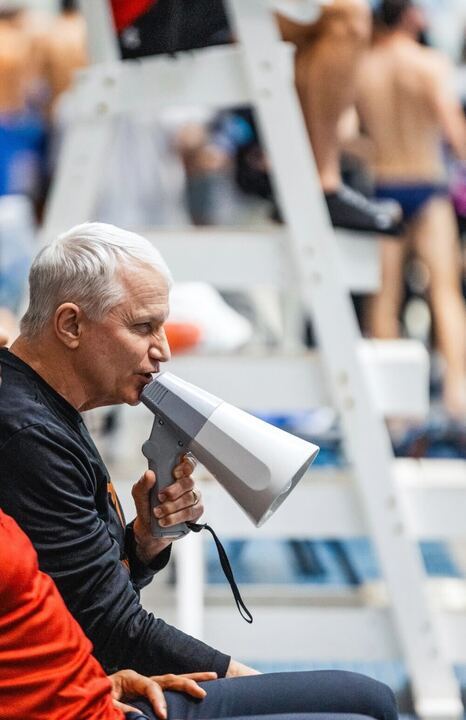The Big 12 is nearly 18 — about as old as the freshman class that stepped on to the Forty Acres this fall. If it were an incoming college student, it seems like it would flunk out before making it to its sophomore year.
Texas A&M officially notified the Big 12 that it will explore its options pertaining to its conference affiliation Thursday. Put simply, the Aggies want out. Though their initial advances were rejected by the SEC, the Aggies are still trying to dump its toxic relationship with the Big 12 and join the country’s toughest conference. Texas A&M officials are sour about the Longhorn Network, and they believe trying to scrap with Florida, Louisiana State and the other power houses in the SEC would be in their best monetary interest.
“As I have indicated previously, we are working very deliberately to act in the best long-term interests of both Texas A&M and the state of Texas. This truly is a 100-year decision,” Texas A&M president R. Bowen Loftin said in a release. “While we understand the desire of all parties to quickly reach a resolution, these are extremely complex issues that we are addressing methodically.”
Forget acting deliberately at this point. Big 12 Commissioner Dan Beebe can end this saga now and he will. Instead of letting the conference continue to crumble into rubble, Beebe’s choice is clear at this juncture — let the Aggies leave sooner rather than later and start courting new teams into the conference. Because despite it blemishes, the Big 12 is still an attractive option for up and coming football programs.
One such program whose inclusion would mutually benefit both the Big 12 and the school itself is Southern Methodist University. Based in Dallas, the Mustangs would still bring that Texas appeal the Big 12 overwhelmingly projects, and they were a part of the intense rivalries of the Southwestern Conference days. The school’s football program has continued to excel in both on-field performance and attendance. In just two years, head coach June Jones took the Mustangs to two consecutive bowl games and finished runner-up in Conference USA last year, falling to Central Florida in the title game.
Because of this, their attendance has increased 52 percent in the past five years, mostly during Jones’ tenure.
Not only is their resume appealing, they like the Big 12 … they really, really like the Big 12.
“We feel it’s time. We’re ready,” said SMU president Steve Orsini on Thursday, after Texas A&M announced that it’s looking at other conference options. “We want the best regional conference we can get in this part of the country,” Orsini said.
“Strength is in expansion, not minimalism, like having 10 members in the Big 12, when four of the BCS conferences have 12 members. Let’s add to it.”
The Big 12 should also consider Houston to keep the in-state presence and take complete control of the Houston television market that already heavily follows the Longhorns and the rest of the Big 12 teams. TCU would be a viable option for similar reasons, as they would bring in the DFW market.
The Big 12 should also consider a wildcard option — the BYU Cougars. Though they would have to travel all they way from Utah, the Cougars are a prime candidate for the Big 12. They possess big team talent, and they marginally control the majority television viewership in Utah. Stacked against their in-state competitor, the University of Utah, the Cougars averaged one TV rating point higher. The Big 12 would increase its appeal nationally and BYU would finally get to settle the evergreen debate as to whether or not they belong in an automatic qualifier conference.
By bringing one of these teams in, Beebe could satisfy their current teams and keep breadwinners Texas and Oklahoma in the conference, which is his most important job. Whatever Beebe chooses to do in terms of re-expansion, he needs to start by cutting his conference’s toxic relationships immediately, before this situation unnecessarily drags on.














